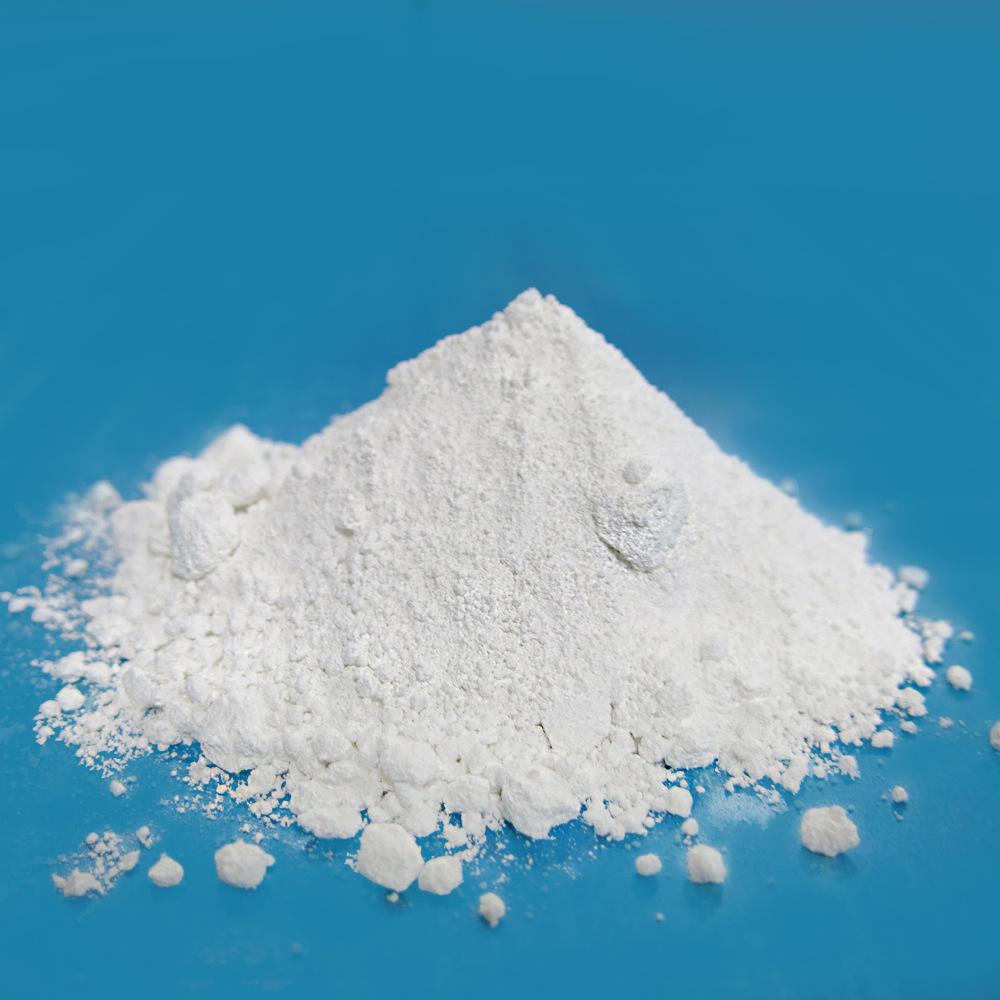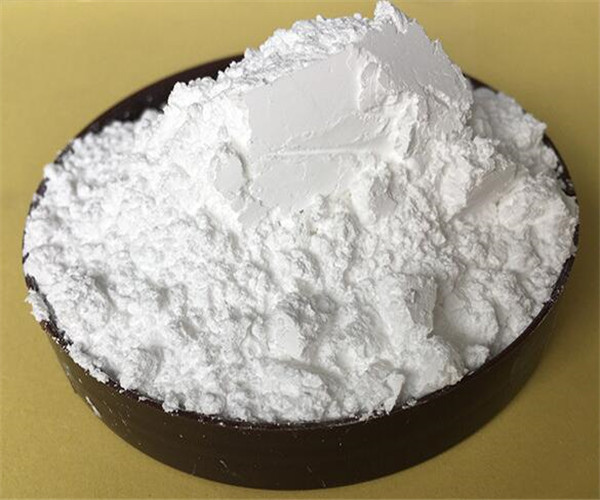The future industry development trend of flame retardants for nylon UL94-V0 level, low-smoke halogen-free, smoke-free, ceramic nylon will encounter ablation or high temperature , first, the nylon matrix decomposes into amorphous SiO2 and generates air outlets of different sizes. After that, as the temperature rises, the glassy ceramic powder (also known as porcelain powder, porcelain flux) first slowly melts, and liquid phase chemicals appear in the nylon system, which combines the amorphous SiO2 generated by the matrix with the high temperature resistant Porcelain filling materials (such as mica, kaolin, wollastonite, etc.) are connected to generate a “eutectic mixture” at the boundaries of the filling materials.

The eutectic mixture acts as a bridge between the amorphous SiO2 and the filler, allowing it to maintain its original shape at ignition temperatures. Finally, as time goes by, the temperature further rises, and the porcelain filler, amorphous SiO2 and eutectic mixture penetrate each other more fully, the filler boundary disappears, and a new inorganic phase is generated, forming a continuous, complete, and dense ceramic body structure.

From an academic point of view, the flame retardancy of nylon generally applies to additive flame retardants (halogen series, phosphorus nitrogen, metal hydroxides, etc.) , among the products that have been industrialized, MCA (melamine cyanurate) has a good flame retardant effect. The flame retardant properties of MCA and Sb2O3 compound (Sb2O3: 2-5%, MCA8-15) can reach Foreign UL94V-0 level, oxygen index can reach 38.0. However, corresponding flame retardants need to be used for corresponding nylon (for example, nylon raw materials enhanced with glass fiber are prone to the so-called candle wick effect when burning), which should be one of the directions for future research on nylon flame retardancy.
Another characteristic of nylon is its higher melting point and higher initial decomposition temperature (the melting point of nylon-66 is 264°C, and its thermal decomposition temperature is higher than 350°C) , so there are certain requirements for the thermal stability of additive flame retardants, and high-temperature resistant flame retardants are also one of the development trends.

 微信扫一扫打赏
微信扫一扫打赏

